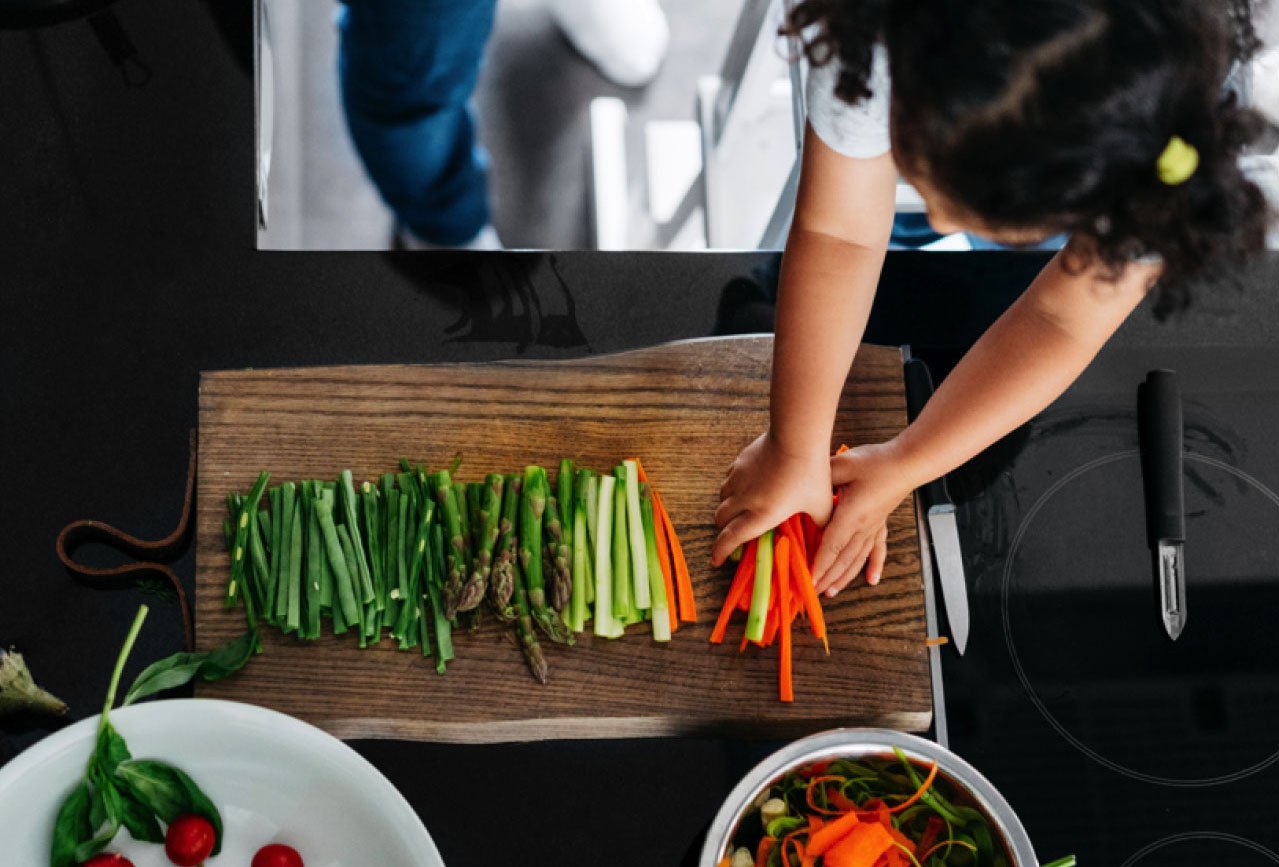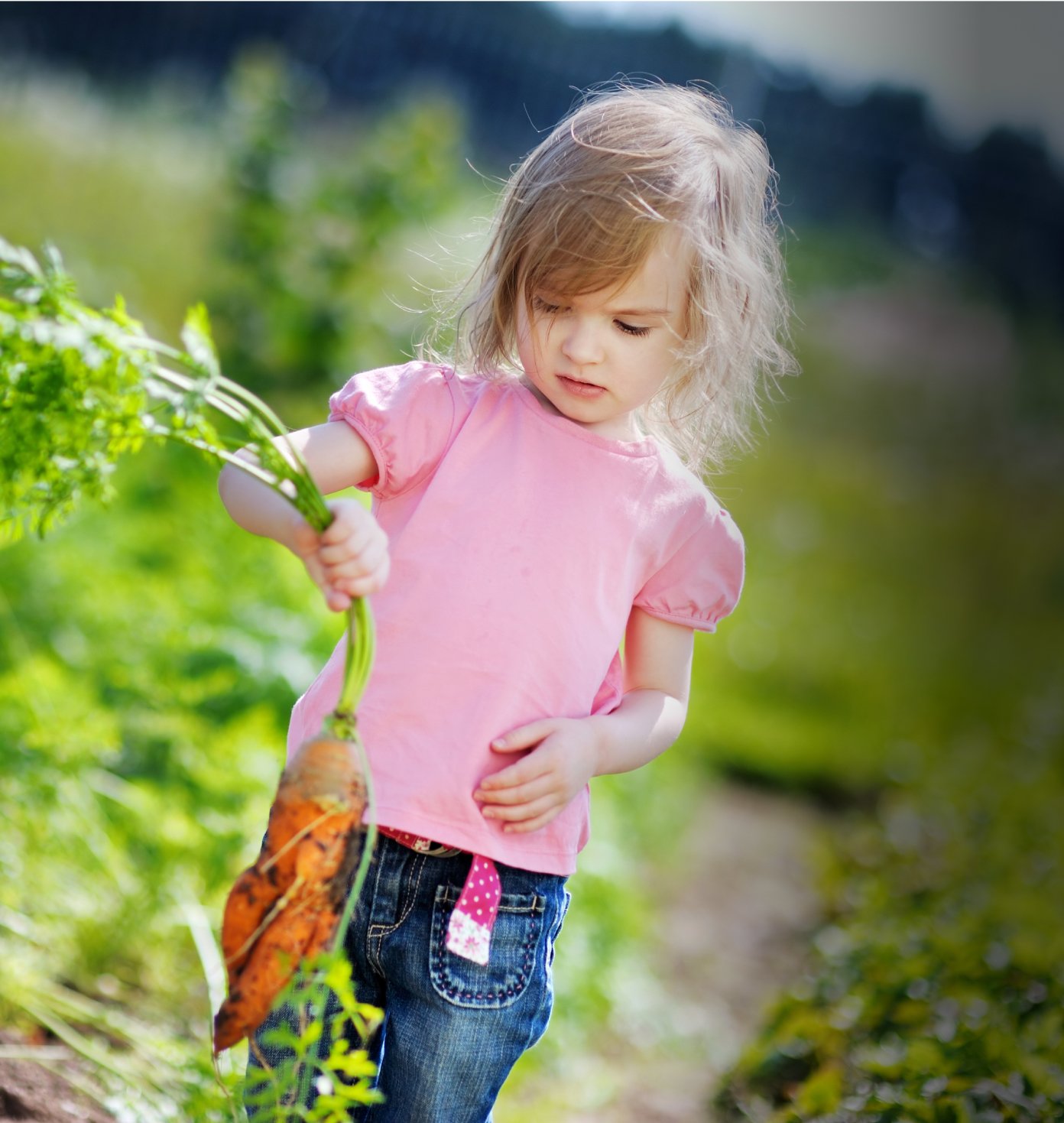EWG’s 2024 Shopper’s Guide to Pesticides in Produce™: The Dirty Dozen™ is packed with fungicides that can disrupt human hormones
Contact:
Sarah Graddy
(202) 939-9141
[email protected]
Iris Myers
(202) 939-9126
[email protected]
FOR IMMEDIATE RELEASE: WEDNESDAY, MARCH 20, 2024
WASHINGTON – Non-organic produce is loaded with fungicides that may harm human hormone systems, according to the Environmental Working Group’s 2024 Shopper’s Guide to Pesticides in Produce™, released today.
Across fruits and vegetables from EWG’s Dirty Dozen™ – the Shopper's Guide component that identifies the 12 non-organic, or conventional, fresh produce with the most pesticides – four of the five most frequently detected chemicals are fungicides: fludioxonil, pyraclostrobin, boscalid and pyrimethanil.
Two of these, fludioxonil and pyrimethanil, also show up in the highest average concentrations of any pesticides found on the Dirty Dozen. Both fungicides may be endocrine disruptors with the potential to harm the male reproductive system.
“Emerging evidence suggests many widely used fungicides may disrupt human hormone systems,” said EWG Senior Toxicologist Alexis Temkin, Ph.D. “But more studies are needed to better understand the risks they – and all pesticides – pose to humans, particularly children.”
Fungicides are applied on fruits and vegetables to prevent or kill fungal diseases like powdery mildew. They’re often applied after harvest to keep produce mold-free on its way to market. That’s likely why fungicide concentrations were so high on some samples – higher than other pesticides applied earlier in the growing season.
This year, EWG determined that 75 percent of all conventional fresh produce sampled had residues of potentially harmful pesticides. But for items on the Dirty Dozen, a whopping 95 percent of samples contained pesticides.
“Everyone – adults and kids – should eat more fruits and vegetables, whether organic or not,” said EWG Senior Scientist Alexa Friedman, Ph.D. “But consumers concerned about pesticide exposure can use the suite of materials in EWG’s Shopper’s Guide to Pesticides in Produce to make the best choices for them and their families.”
EWG’s 2024 Shopper’s Guide to Pesticides in Produce analyzes data from tests conducted by the Department of Agriculture and Food and Drug Administration on 47,510 samples of 46 fruits and vegetables.
The USDA peels or scrubs and washes produce samples before they’re tested, whereas the FDA removes only dirt first. Even after these steps, the agencies’ tests still found traces of 254 pesticides in all fruits and vegetables analyzed – and 209 of these were on Dirty Dozen produce.
That’s why the Shopper’s Guide also includes the Clean Fifteen™, a list of the fruits and vegetables with very low or no pesticide residues. Almost 65 percent of EWG’s 2024 Clean Fifteen fruit and vegetable samples had no detectable pesticide residues.
“EWG recommends consumers seeking fresh produce with low pesticide residues buy organic versions of items on EWG’s Dirty Dozen and either organic or conventional versions of produce on the Clean Fifteen,” Temkin said. “There are also many organic and Clean Fifteen options in the frozen food aisle.”











